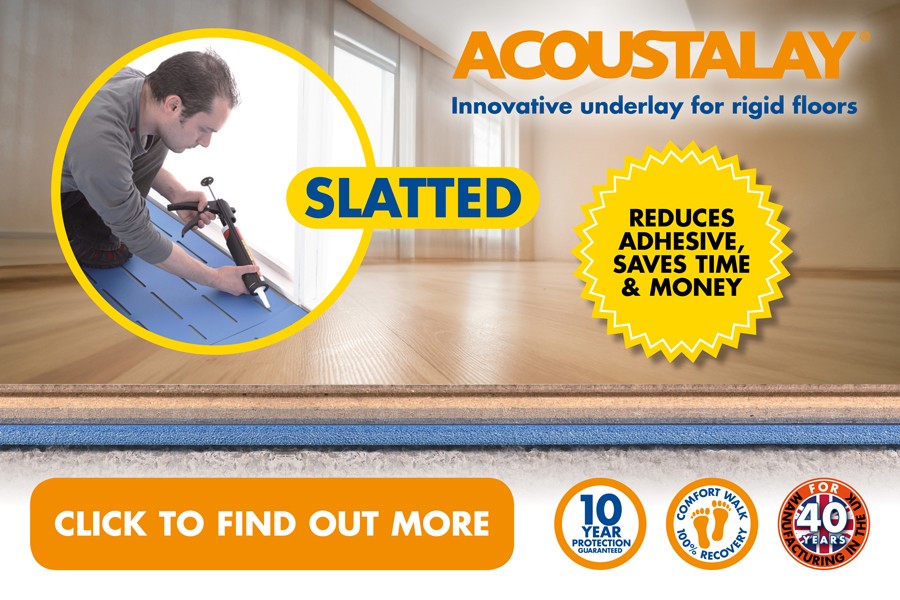Donna Hannaway explores how modern carpet tiles can offer the ideal solution to flooring contractors’ need for sustainable product choices.
WITH the start of a new year, sustainability is as important as ever as we count down towards 2050 and government’s Net Zero target.
Achieving this objective is at the forefront of many architects’ minds, with sustainable specifications more than just a trend. Unsurprisingly, this concerted effort has resulted in flooring contractors seeing a rise in the need for sustainable product choices. Here I’ll explore how modern carpet tiles can offer the ideal solution to these needs.
According to recent reports , the construction sector accounts for around 40% of global carbon emissions, a statistic which many in the industry are working hard to change. The construction of new buildings can be a carbon intensive procedure, with the materials that go into our workplaces, homes or public buildings often having a high embodied carbon.
However, many suppliers have been reevaluating their product portfolios, the materials used in them and how they’re installed, with the aim of making them more sustainable. As one of the largest surface areas in any project, flooring is one part of a building in which sustainability can be prioritised and achieved.
Thanks to research into new materials and processes, suppliers are now poised with more options than ever when looking to maximise the sustainability of their product offerings, including the use of recycled or innovative materials. A great example of this is Forbo’s new Tessera Topology carpet tile collection, the first in its Evolve+ enhanced sustainability range.
This collection utilises Thrive matter by Universal Fibers, a 100% solution dyed nylon 6 which contains 90% recycled content.
It’s also key for contractors to bear in mind the impact of the installation of products they’re putting forwards for a project, especially with modular solutions such as carpet tiles. While wastage is to be expected in the flooring industry, what is done with this post-installation waste is important to maximising sustainability.
To help with this, many suppliers now offer installers schemes supporting the collection and uplift of flooring offcuts, which can then be reused for other production processes, ensuring the material isn’t sent to landfill.
In addition to this, the way in which flooring is to be installed should be considered. There are several environmental drawbacks to traditionally tackified installation methods, with flooring unable to be recycled and further subfloor preparation work required on uplift before new flooring can be installed.
However, there are now other adhesive-free install methods available, such as double-sided sticky tabs and magnetic patches, allowing modular flooring (like carpet tiles) to be easily pulled up and recycled or reused at its end of life.
Additionally adhesive-free flooring has the added benefit of being better for interior wellbeing, with no VOCs or odours that are typically associated with traditional adhesives.
Carpet tiles are a practical and design-led choice too, being durable and hard-wearing, easy to clean and most collections available in a range of different colourways.
Tessera Topology is a great example of all the above points. Designed specifically to deliver enhanced environmental credentials, with each carpet tile containing 75% recycled content, manufactured using 100% renewable energy and having a very low embodied carbon from cradle to gate (less than 1.5kg CO2 per sq m eqv A1-A3) – achieved without offsetting.
The Tessera Topology collection comes in 13 contemporary designs, inspired by soft organic textures to create stylish geometric patterns, ensuring that your customers design needs are also meet.
www.forbo-flooring.co.uk/topology
Donna Hannaway is head of marketing UK and Ireland, Forbo Flooring Systems
Please click to view more articles about
> Forbo Flooring Systems <

